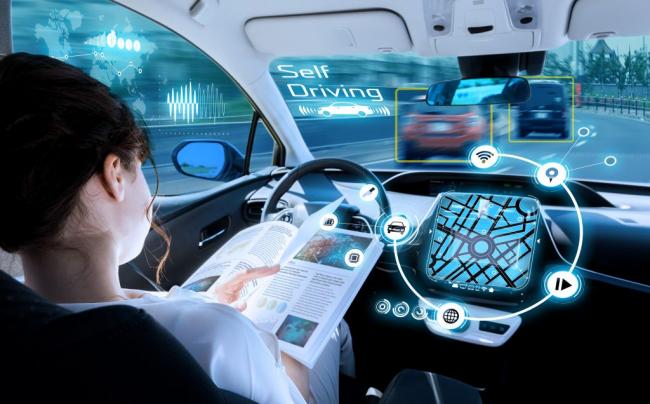SAFER ONLINE SEMINAR: HOSTED BY GIULIO BIANCHI PICCININI - PANACEA & NDRT'S IN AUTOMATED VEHICLES
The SAFER Thursday seminar week 15 is hosted Giulio Bianchi Piccinini, SAFER’s competence network leader for Human Behaviour. _______________________________________________________________________________________________________
PANACEA – project overview
Speaker: Anna Anund, Research Director, VTI
PANACEA is an abbreviation that stands for: PracticAl and Effective tools to moNitor and Assess CommErciAl drivers’ fitness to drive.
The project is financed by EC and has an indicative start 1st of May 2021, the project will run for 36 months. In total 17 partners will be involved. Swedish partners are VTI (coordinator), Transdev, Chalmers and SENSAIR.
PANACEA aims to create a holistic pre-, during and roadside driving ability monitoring and assessment system and cover 3 Use Cases. The system will reliably and efficiently assess the physical, cognitive, and psychological Fitness-to-Drive of commercial drivers. In cases of impairment, a complementary cloud-based countermeasures and coaching tool will deploy appropriate solutions targeting drivers, operators, and enforcement. PANACEA will deliver an integrated solution for detecting, monitoring and assessing alcohol consumption, licit (barbituric) and illicit (methadone substitute) drugs, fatigue and cognitive load. This presentation will give you an overview of the project.
Will drivers be able to engage in non-driving related activities while on the move in automated vehicles?
Speaker: Emma Nilsson, Industrial PhD student at Volvo Cars Safety Centre and Vehicle Safety, M2, Chalmers University
With the introduction of highly automated driving systems that relieve drivers from the driving task, it will be possible for drivers to safely engage in more non-driving related tasks (NDRTs). In fact, many car manufacturers emphasize that one of the main advantages of automated cars is that it ‘‘frees up time’’ for other activities while on the move. I will present a study within the FFI financed research projects TIC and Harmonise in which we investigated this claim. Drivers’ ability to engage in an NDRT while in automated driving mode (i.e., SAE Level 4) in real traffic was explored using a Wizard of Oz platform. The results, in terms of task performance, glance behavior and participants’ reported experiences, all showed that the participants to a high extent were able to engage in the NDRT and perform it equally well as in an office. The findings are reported in the article Drivers’ Ability to Engage in a Non-Driving Related Task While in Automated Driving Mode in Real Traffic by Klingegård et al. (2020) https://ieeexplore.ieee.org/document/9288676
Welcome!
_____________________________________________________________________________________
This seminar is only open for SAFER partners. Missing your invitation? Please contact Mikael von Redlich.

